The marketing world is changing fast, and one of the biggest changes we’re seeing right now is the rise of large language models (LLMs). These tools are powered by artificial intelligence (AI), and they’re starting to play a big role in how businesses create content, connect with customers, and get work done more efficiently.
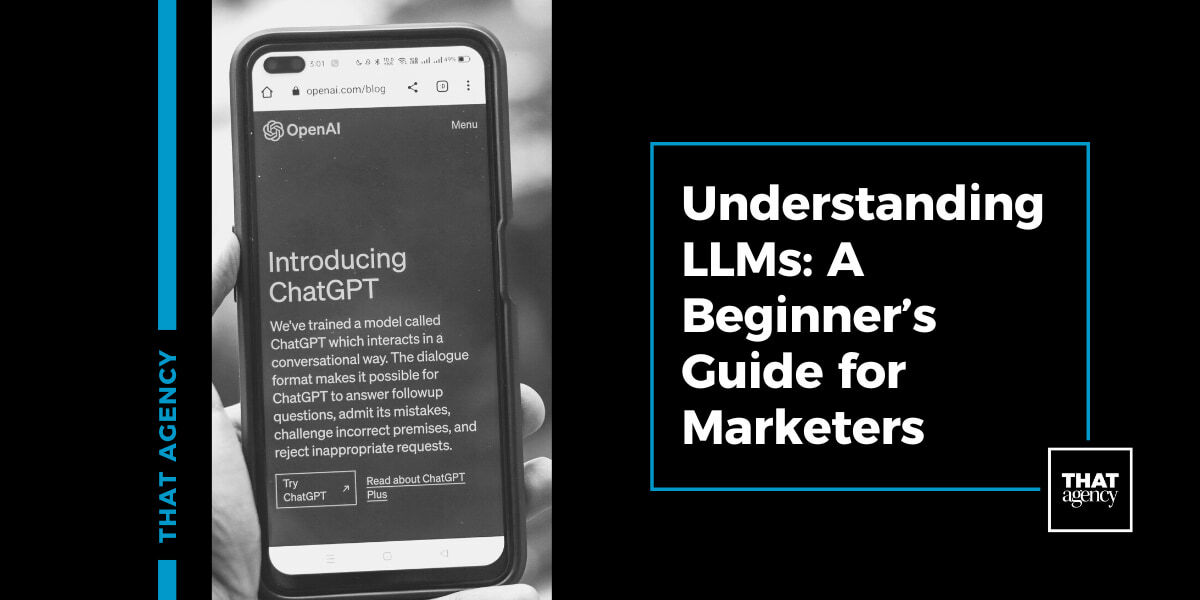
But what are large language models, really? And what can they do for you as a marketer?
In this guide, we’ll break it all down in simple terms, no tech degree needed. You’ll learn what LLMs are, how they work, and the most useful LLM marketing applications for your everyday tasks. Whether you run a business, lead a marketing team, or just want to understand the latest trends, this post is packed with info you won’t want to miss.
What Are Large Language Models?
Let’s start with a question that a lot of people are asking: What exactly is a large language model, and why does it matter for marketers?
A large language model, often shortened to LLM, is a type of artificial intelligence (AI) that’s trained to understand and generate human-like language. In simple terms, it’s a computer program that has read a lot of text and can now have conversations, write content, answer questions, and much more.
So... What Makes It “Large”?
The word “large” refers to the amount of data these models are trained on. We’re talking about billions (and sometimes trillions) of words from books, websites, social media, news articles, online forums, and just about every kind of text you can imagine. All that information helps the model learn how language works, from grammar and sentence structure to tone and intent.
The “language” part means it works with words, not just numbers. And “model” is a fancy way of saying it follows a set of patterns or rules it learned during training. Put all three together, and you have a powerful tool that understands how people talk and write.
Real-World Examples of Large Language Models
You’re actually interacting with one right now, ChatGPT. It’s one of the most well-known large language models created by OpenAI. But it’s not the only one.
Here are a few more LLMs you might have heard of:
- Google Gemini (formerly Bard): Google’s conversational AI, built to help answer questions and assist with writing.
- Claude by Anthropic: Known for its safe, friendly responses and ability to reason through complex ideas.
- Meta’s LLaMA: A model focused on research and open access to AI tools.
- Mistral, Cohere, and others: These are newer models that specialize in different areas like speed, accuracy, or customization.
Even tools like Grammarly and Notion AI use simplified versions of LLMs in the background to help you write better.
What Can LLMs Actually Do?
You might be surprised how much these models can handle. They’re not just used by tech companies anymore, marketers, writers, business owners, and students are using LLMs every day to make their work easier.
Here’s a quick breakdown of what they can do:
Write Content
Need a blog post, email campaign, product description, or even a social media caption? LLMs can generate all of that, sometimes in seconds. For example, if you're launching a new skincare product, you can ask an LLM to help you draft a landing page that speaks directly to your target audience.
Answer Questions
Think of it like a smarter, more detailed version of Google Search. You can ask follow-up questions, get examples, and refine your answers in real time.
Summarize Long Text
If you don’t have time to read a 20-page PDF or a lengthy article, LLMs can give you a quick, easy-to-read summary that captures the main points.
Translate Languages
Many large language models can translate text into multiple languages, which is helpful if you work with international audiences or manage global campaigns.
Brainstorm Ideas
Stuck on your next big campaign? LLMs can help you come up with headlines, email subject lines, ad angles, or even full marketing strategies based on your goals.
Solve Problems
From explaining how to use Google Analytics to breaking down complicated marketing metrics, LLMs can walk you through step-by-step solutions, often with clear examples.
What Makes LLMs Different From Other AI?
There are lots of types of AI out there, image generators, recommendation systems (like Netflix or Amazon), chatbots, and more. But LLMs are different because they’re all about language.
They don’t need to be told exactly what to do. Instead, you can give them a simple instruction or ask a question, and they’ll respond in a natural, human-like way. It feels more like a conversation than a command.
Here’s an example:
- Old AI tool: “Write ad copy using input template.”
- LLM: “Write a fun Instagram caption for a spring sale on women's shoes that sounds friendly and on-brand.”
The result? Something creative, flexible, and much closer to how a human would write.
Are Large Language Models Always Right?
Not always, and this is important to know.
LLMs are trained on public data, which means they don’t “know” everything, and they can sometimes make mistakes. They don’t have feelings, opinions, or actual understanding the way humans do. They work by predicting what words come next based on patterns, not by thinking like a person.
So, while they’re incredibly useful, they’re not perfect. It’s always a good idea to:
- Fact-check important details
- Add your brand’s personality or voice
- Use LLMs as a starting point, not a final product
Why Marketers Should Pay Attention
You might be thinking: “That’s cool, but how does this help me?” Great question.
If you’re in marketing, chances are you’re juggling a lot, campaigns, content, emails, SEO, and maybe even managing a team. That’s where large language models can make a big difference. They help you save time, get more done, and stay competitive in a crowded digital space.
Here’s how marketers are already using LLMs today:
- Write faster: Need blog content, landing pages, or product descriptions? LLMs can help you draft them in minutes.
- Improve SEO: Use LLMs to find keywords, write meta descriptions, and optimize your content.
- Personalize at scale: Want to send custom messages to different audiences? AI can help you tweak your content without rewriting it from scratch.
- Brainstorm creative ideas: Stuck? An LLM can suggest blog titles, social media hooks, and email subject lines.
- Automate repetitive tasks: Things like writing follow-ups, summarizing data, or responding to FAQs can be done quickly with the help of AI.
LLM Marketing Applications That Actually Help
If you’re wondering how large language models (LLMs) fit into real marketing work, this is the section for you.
We’ve all seen the headlines about AI revolutionizing everything, but what’s actually working for marketers right now? Let’s cut through the buzz and look at practical, everyday ways you can use LLMs to save time, get better results, and work smarter (not harder).
These aren’t just “cool ideas.” These are tools and strategies marketers are already using successfully across all kinds of industries, from small businesses to enterprise brands.
1. Content Creation and Repurposing
One of the most common uses for large language models in marketing is writing. Whether it’s a blog, a social media post, or a video script, LLMs can help you generate content faster, and in many cases, better.
Beyond traditional blog posts and social media content, LLMs are particularly powerful for creating interactive content that engages audiences through personalized experiences, quizzes, and dynamic messaging that adapts to user responses.
What Can LLMs Create?
- Full blog posts: Give the model a topic, some keywords, and your brand tone, and it’ll draft a full post to get you started.
- Outlines: Need to organize your ideas first? LLMs can create outlines based on your target audience or search intent.
- Social media captions: Pull quotes or summaries from your blog and turn them into captions for Instagram, Facebook, or LinkedIn.
- Video or podcast recaps: Upload transcripts from your content, and an LLM can summarize the key points for email newsletters or blog posts.
Example:
Let’s say you recorded a 30-minute webinar on digital marketing trends. Instead of writing a full summary yourself, you could paste the transcript into a tool like ChatGPT and ask it to create:
- A short recap blog
- 3–5 social captions
- A follow-up email campaign
All of that in less than 10 minutes.
Is the content original? Yes, but you still need to guide it. The more context you give the model (your brand voice, goals, target audience), the better the results. And you should always review and edit for accuracy.
2. Email and Ad Copywriting
Writing email subject lines and ad copy can feel repetitive. LLMs can take over the first draft, so you spend less time staring at a blank screen.
What Can They Do?
- Create multiple versions of ad copy for A/B testing (for platforms like Google Ads, Meta, or LinkedIn)
- Personalize email campaigns based on audience segments (like past customers vs. new leads)
- Rewrite boring or technical emails to make them more engaging, friendly, or persuasive
Example:
If you’re launching a holiday sale, an LLM can write:
- A short, attention-grabbing subject line
- 2–3 variations of body content
- A strong call-to-action (like “Shop Now” or “Book a Demo”)
This lets you test which version gets the most opens or clicks, without writing each one by hand.
Will the emails sound robotic? Not if you give it the right instructions. You can say things like:
“Write a friendly email in our brand’s voice announcing a 20% off sale to repeat customers.”
You’ll usually get something close to what you need, and then just tweak it from there.
With LLMs handling the heavy lifting of email personalization and A/B testing, email marketing continues to deliver impressive ROI when powered by AI-driven content optimization and audience segmentation.
3. SEO Research and Optimization
Search engine optimization (SEO) is all about creating helpful content people can find. LLMs can help speed up the research and planning process, giving you a leg up on competitors.
How Can They Help?
- Keyword research: Ask for long-tail keywords related to your industry, product, or blog topic.
- Title and meta tag writing: Generate SEO-friendly page titles and meta descriptions that follow best practices.
- Competitor analysis: Paste in a competitor’s article, and the model can suggest angles or sections they missed.
Example:
If you’re writing a blog about “email marketing for small businesses,” an LLM might help you:
- Identify keywords like “email automation tips” or “best email subject lines”
- Suggest FAQs to include
- Write a title like: “10 Email Marketing Tips Every Small Business Should Know”
Will this replace SEO tools like SEMrush or Ahrefs? Nope, LLMs are a great complement to these tools. They won’t give you search volume data, but they can help you brainstorm and organize faster.
While LLMs excel at generating SEO-friendly content and identifying keyword opportunities, combining AI insights with proven SEO optimization strategies ensures your content ranks well and drives sustainable organic traffic.
4. Customer Experience and Support
LLMs are great for improving how you communicate with customers, especially when it comes to chat, email replies, or FAQs.
What Can They Do?
- Write chatbot scripts that sound natural and helpful
- Draft responses to common customer questions
- Create scripts for phone agents or voice assistants
- Reply to reviews on Google or Yelp in a polite and brand-friendly way
Example:
If you manage a hotel and someone leaves a 5-star review saying “Amazing service and clean rooms,” you could prompt the LLM:
“Write a warm, professional response to a guest review complimenting our service and room cleanliness.”
The result might be something like:
“Thank you so much for your kind words! We’re thrilled you enjoyed your stay and appreciated our team’s attention to detail. We hope to welcome you back soon!”
Can I trust it to talk to customers automatically? You’ll want a human to review anything important, but for basic replies, LLMs can save tons of time and give you a strong starting point.
5. Data Analysis and Reporting
Not a fan of digging through spreadsheets? You’re not alone. LLMs can help you turn raw data into plain English.
How It Works:
- Summarize survey responses into main themes or quotes
- Explain marketing metrics like conversion rate, bounce rate, or ROI in clear terms
- Write simple summaries of Google Analytics or email performance reports
Example:
Let’s say you ran a customer feedback survey with 100 responses. Instead of reading each one, you can paste them into an LLM and ask:
“What are the top 3 issues customers mentioned?”
It might tell you:
- Long wait times for support
- Confusing pricing information
- Requests for more mobile features
Now you know exactly what to focus on.
Is this safe for private data? Always be careful. Avoid sharing sensitive customer data in tools unless they’re secure and built for business use. Look for LLMs that offer privacy protections, like enterprise-level versions.
These LLM marketing applications aren’t just trendy, they’re useful. Whether you’re writing content, improving SEO, replying to customers, or reviewing data, large language models can help you get the job done faster and smarter.
The key is knowing how to use them effectively:
- Start small (like automating blog outlines or review responses)
- Stay hands-on (LLMs help, but you’re still the expert)
- Look for ways to personalize the experience to your brand and audience
If you're not using LLMs in your marketing yet, now's the perfect time to explore.
The Part No One Tells You: It’s Not Always Plug-and-Play
Let’s be real for a second, large language models (LLMs) are impressive, but they’re not magic. A lot of blog posts make it sound like you can just type in a request and get a perfect, ready-to-publish blog, ad, or email.
But the truth is: LLMs need a little help from you to do their best work.
Think of them like a smart assistant. They’re fast, flexible, and full of ideas, but they still need direction. If you want great results, you have to guide them with the right inputs and give their output a once-over before hitting publish.
Why You Can’t Just Hit “Go” and Walk Away
A common misconception is that AI tools like ChatGPT or Jasper will write flawless content on the first try. But that’s not usually the case, especially if you're working on content that represents your brand or has to be factually accurate.
Here’s what marketers often run into when they rely too heavily on AI without reviewing the results:
- The content sounds generic or robotic
- It repeats ideas or phrases too often
- It includes made-up facts or outdated information
- It doesn't quite match your brand's voice or tone
So instead of expecting a finished product, think of LLMs as a first draft generator. They’re great at getting the ball rolling, but you’ll need to shape the final result.
4 Things to Keep in Mind When Using LLMs
Let’s walk through a few tips that can help you avoid frustration and get the most out of these tools.
1. Always Double-Check Facts
LLMs don’t “know” things the way people do. They work by predicting what words usually come next based on patterns they’ve learned during training. That means they can sound confident even when they’re wrong.
For example, if you ask, “When was THAT Agency founded?” and the model wasn’t trained on that info, it might make something up. It’s not lying, it just doesn’t have access to real-time facts unless it’s been updated or connected to the web.
Tip: Always fact-check important numbers, dates, or claims. Especially if the content is going on your website or in a campaign.
2. Stay Ethical and Transparent
It’s easy to forget you’re working with AI when it’s generating such natural responses, but it’s important to use it ethically.
Don’t pretend AI is a person. For example, if you're using a chatbot on your site, be upfront that it's AI-powered. People appreciate honesty, and it builds trust with your audience.
Also, avoid using AI to create fake reviews or spammy content. Not only is it unethical, it can damage your brand reputation and even hurt your SEO.
3. Keep It On-Brand
LLMs don’t automatically know your company’s style, voice, or messaging unless you tell them. If you have a brand style guide or preferred tone (like casual and witty vs. formal and professional), make sure to include that in your prompt.
Example prompt:
“Write a friendly Instagram caption for our holiday sale in the tone of our brand. We’re a modern, upbeat clothing company that talks like a friend, not a salesperson.”
The more specific you are, the more on-brand the content will sound.
Tip: Save prompts that work well so you can reuse or build on them in the future.
4. 👥 Train Your Team (Even Just a Little)
Don’t assume your whole marketing team knows how to use LLMs effectively. AI tools are still new to a lot of people, and the results vary a lot depending on how you use them.
A little training can go a long way. That might mean:
- Hosting a short team workshop on prompt writing
- Creating a list of approved use cases (like ad copy, FAQs, blog outlines)
- Reviewing examples of what “good” vs. “needs work” looks like
When everyone’s on the same page, your content stays more consistent, and the results improve across the board.
At THAT Agency, we don’t just hand clients an AI tool and hope for the best. We help set up smart, responsible workflows that match your goals and stay true to your brand.
What Makes LLMs “Large,” Anyway?
If you’ve ever wondered why we call them “large” language models, here’s your answer.
It all comes down to the size of the data they’re trained on. These models are built by analyzing massive collections of text, like hundreds of billions of words from books, blogs, social media posts, academic papers, and more.
This huge volume of data is what gives LLMs the ability to:
- Understand context
- Recognize different writing styles
- Predict what someone might ask next
- Know when to use a casual vs. formal tone
- Even make jokes or understand cultural references
It’s kind of like talking to someone who has read the entire internet (give or take).
The Power of Fine-Tuning
Here’s where it gets even cooler: some advanced LLMs can be fine-tuned on your own company’s data.
That means they can:
- Learn your products and services
- Get familiar with your customers’ questions
- Mirror your brand voice more closely
- Handle support responses or sales emails that sound like they came from your team
Think of it like hiring a new team member and training them on everything they need to know about your brand. The more you feed the model, the more helpful, and accurate, it becomes.
Real Talk: Should You Start Using LLMs Now?
If you’re waiting for the “perfect time” to start using AI in your marketing strategy, this is it.
The truth is, your competitors are probably already using these tools. And the gap between AI-powered teams and those still doing everything manually is growing fast. A survey by Pew Research found that 55% of Americans said they regularly use AI.
Getting started doesn’t have to be complicated. You can:
- Try out free tools like ChatGPT
- Use platforms like Jasper or Copy.ai for content
- Add LLM plugins to tools you already use, like HubSpot or Notion
- Work with an agency (like us!) to build AI into your overall strategy
You don’t need to change everything overnight. Just pick one area, like email copywriting or content research, and start experimenting.
Wrapping It Up: Why Large Language Models Matter for Marketers
Large language models are changing how we work, and marketers have a huge opportunity to use these tools to get ahead.
Whether you want to write faster, make better decisions, or offer more personalized customer experiences, LLMs can help you do it all. And when used the right way, they won’t just save you time, they’ll give your brand a competitive edge.
Want to Learn How to Use LLMs in Your Marketing?
THAT Agency helps businesses like yours stay on the cutting edge of digital strategy. From content creation to SEO to smart automation, we’ll show you how to use LLM marketing applications the right way. Contact us today to get started.
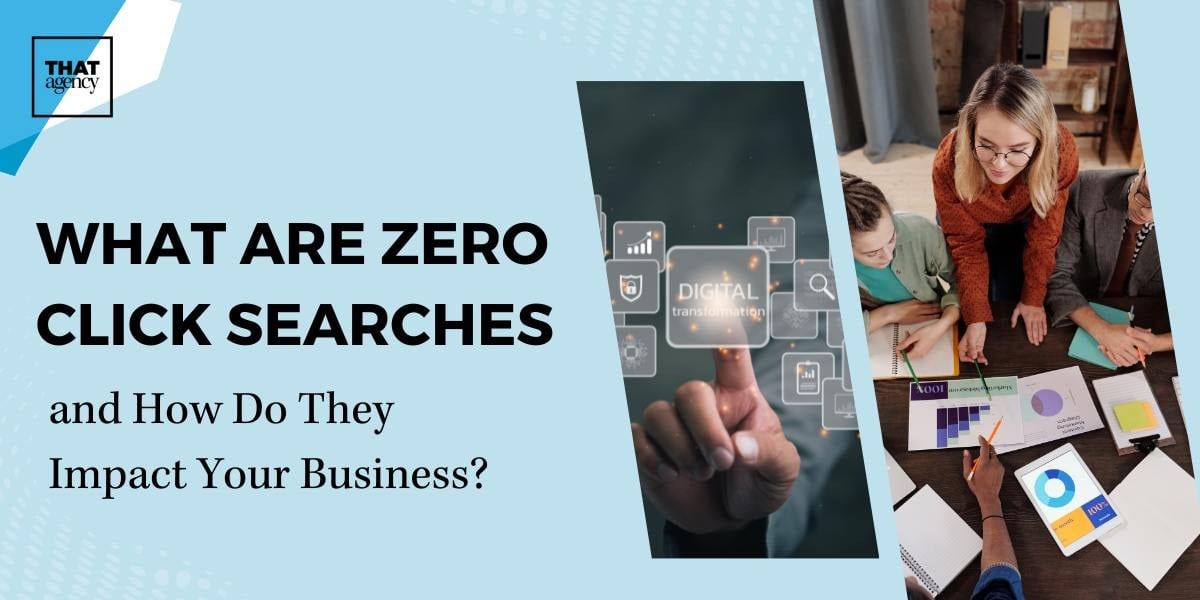
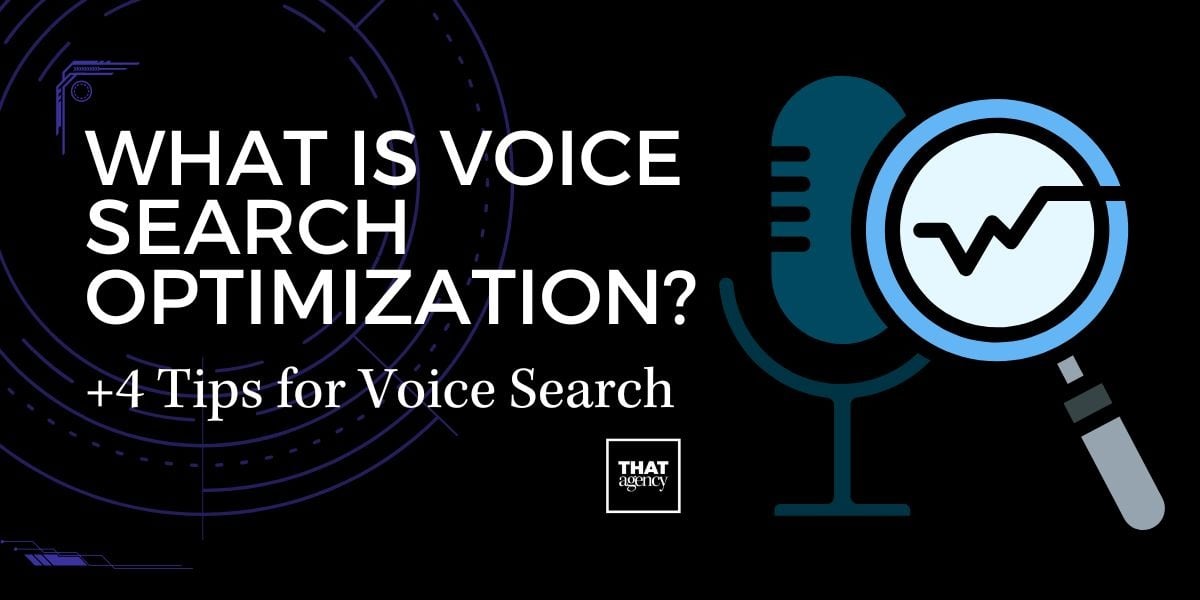
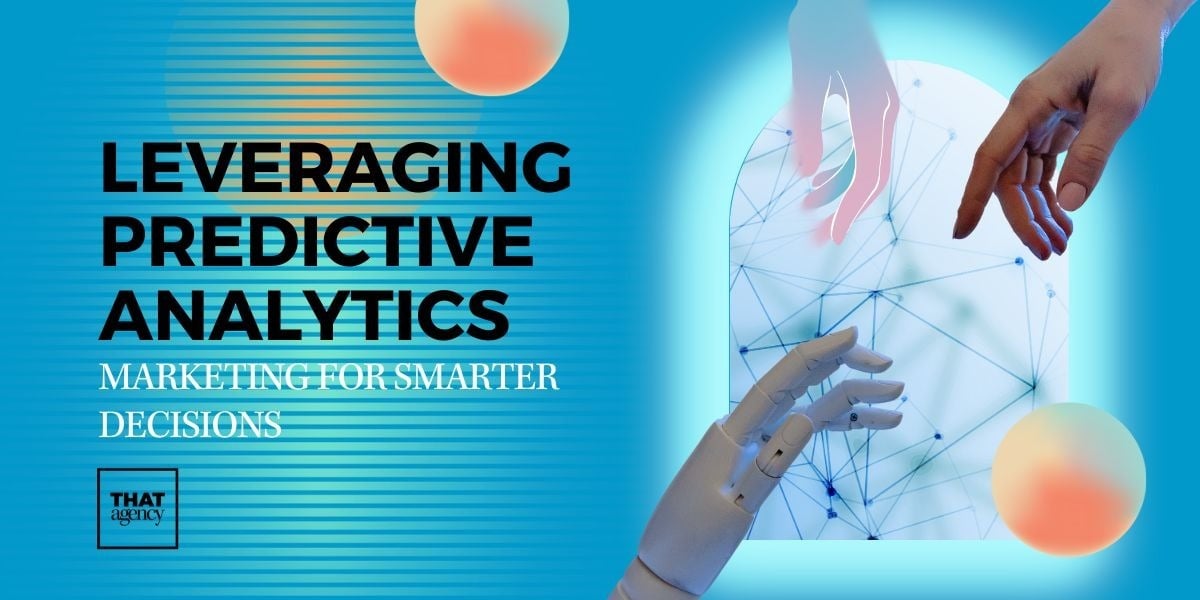
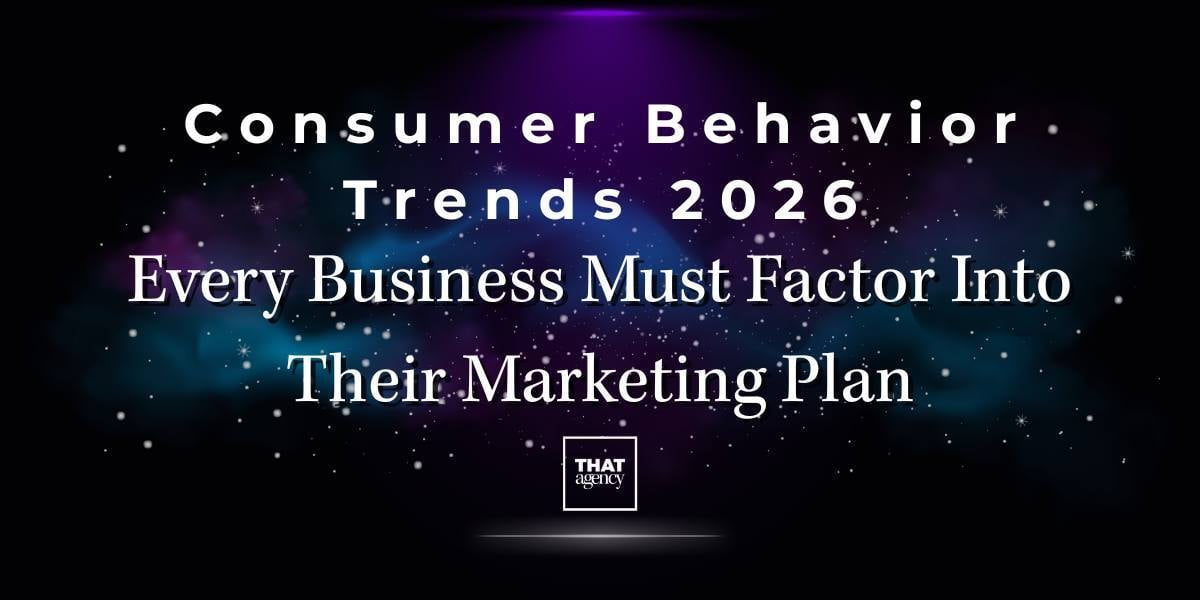
.jpg)